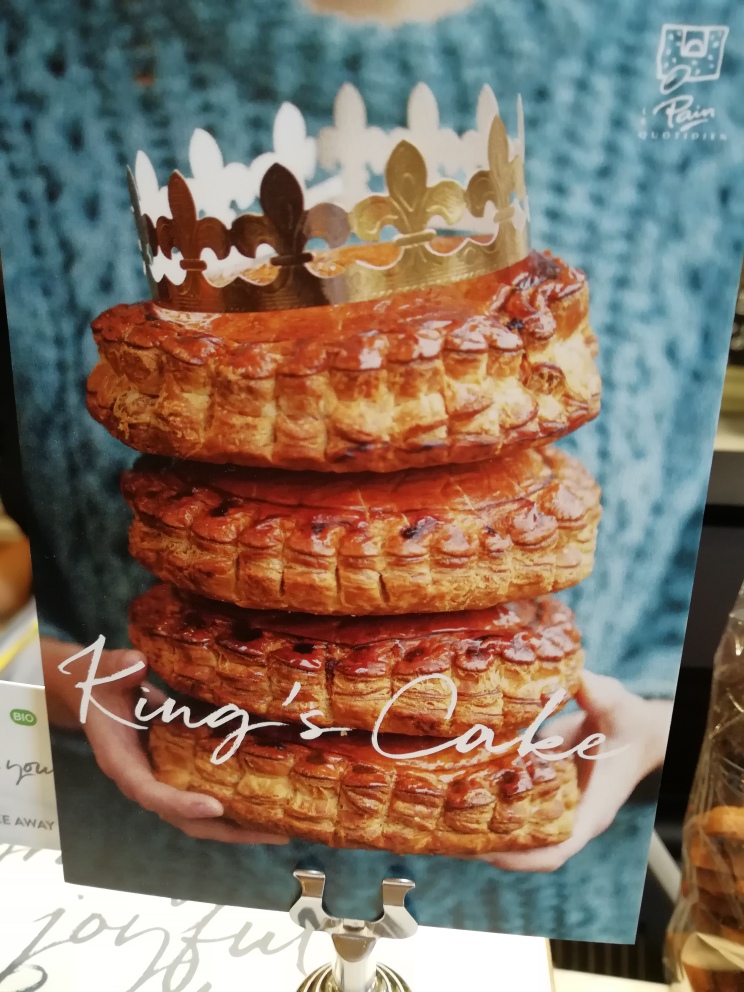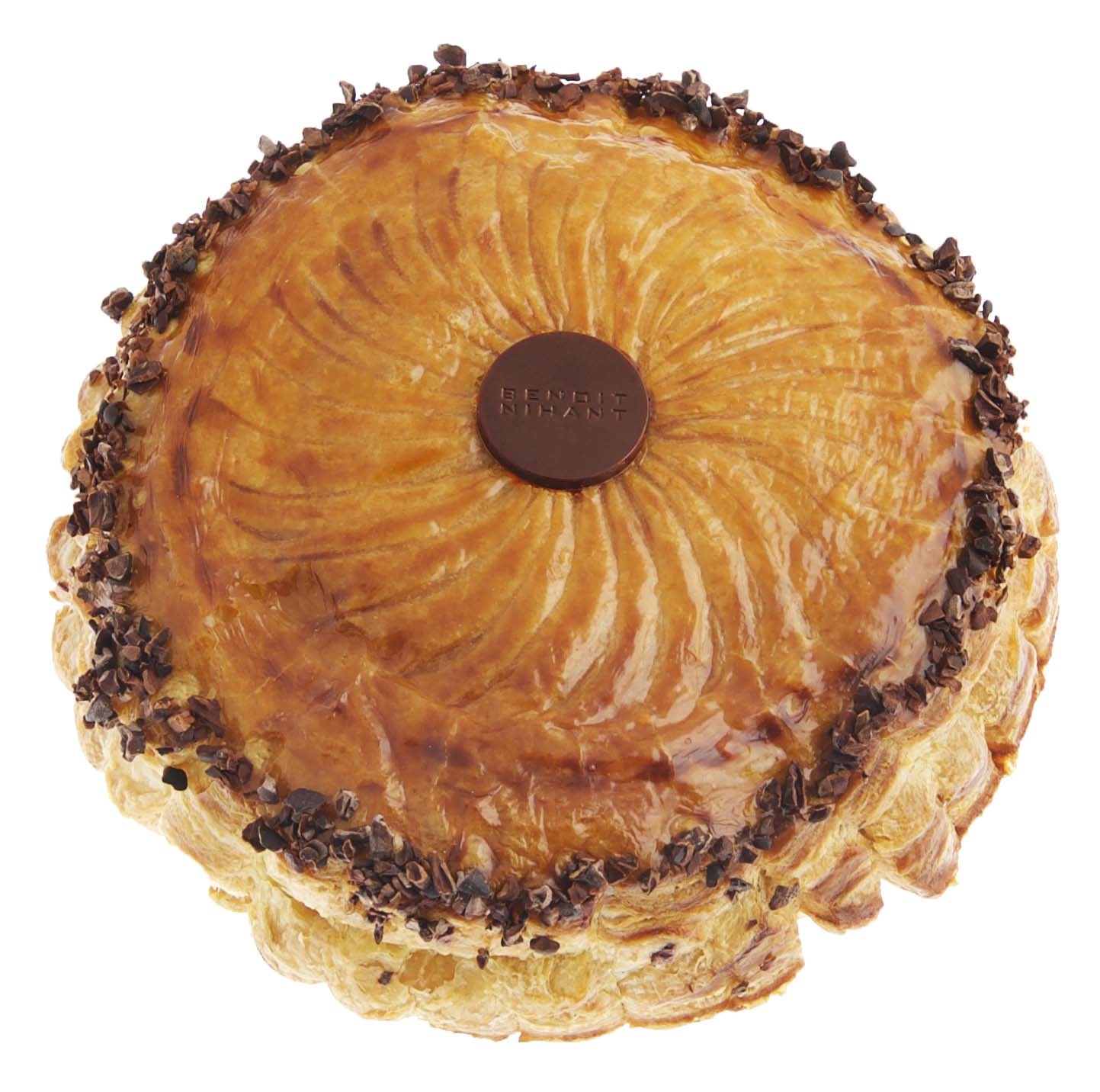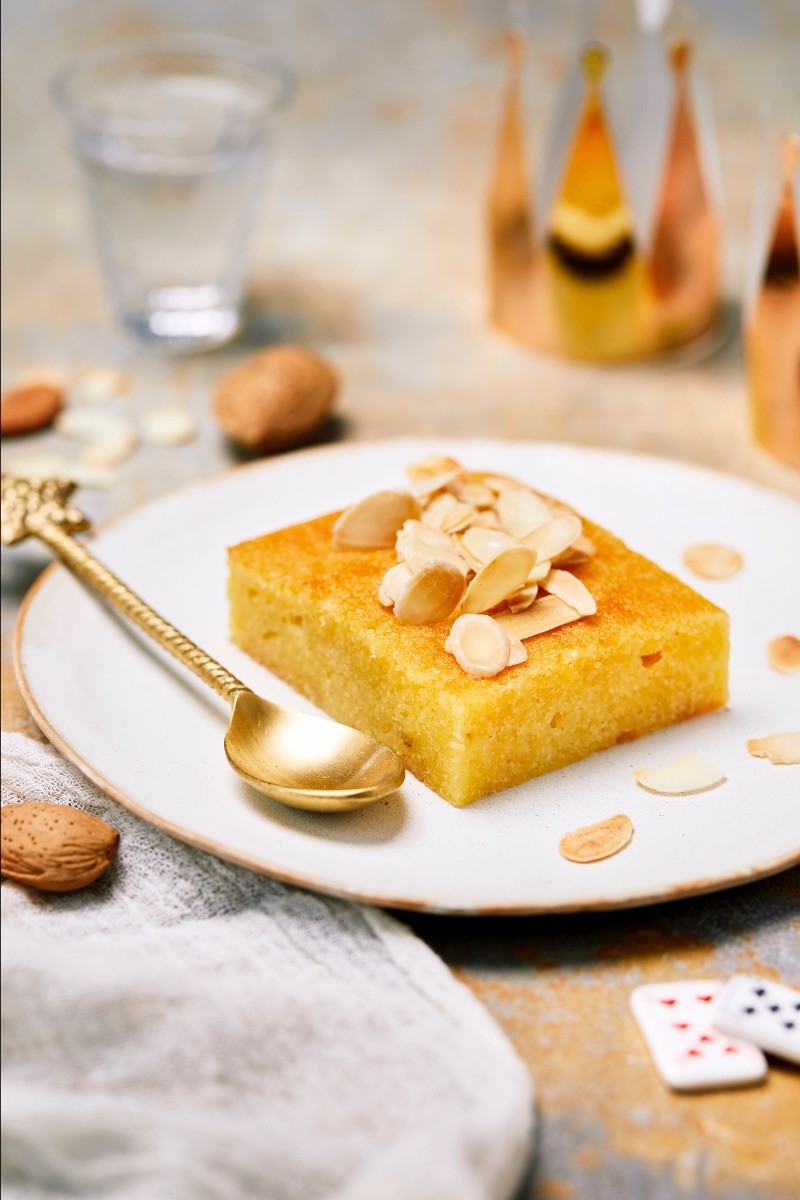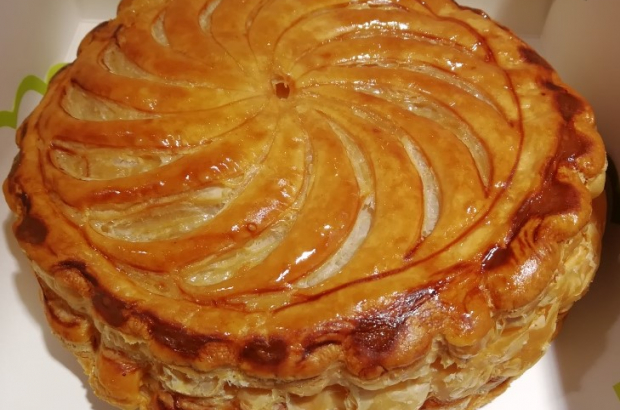- Daily & Weekly newsletters
- Buy & download The Bulletin
- Comment on our articles
Celebrate Epiphany by sharing a frangipane-filled King cake
The seasonal feasting is not over. Bakeries across the land have replaced their yuletide logs with King cakes, galette des rois (in French), Driekoningentaart( in Dutch).
Celebrating Epiphany on 6 January - 12 days after Christmas - the almond pastry confections are typically shared between families, friends and colleagues in an edible competition to see who will be crowned king or queen for the day.

Each tart contains a little figurine, so whoever finds it is crowned with the golden crown that accompanies the cake.
Originally a pagan celebration of the winter solstice, the Romans baked a black or white bean into the cake in a draw to be king for the day. In the Middle Ages, whoever became king was expected to pay a round of drinks, which led to some swallowing the bean to avoid lightening their purse.
Christians chose to celebrate the tradition at Epiphany, marking the visit of the three kings after the birth of Jesus. While 6 January is the date for many to enjoy the cake, in some countries it’s the first Sunday of the year. Now largely a Catholic tradition, there are many variations in countries around the world, including Mexico, Greece and the US.

If you want to join in the feasting, King cakes can found be in supermarkets and bakeries, with artisan examples an ultimate gourmet treat.
They can also be made at home; a relatively simple concoction of ready-rolled puff pastry, eggs, egg yolks, butter, sugar, ground almonds and an optional dash of rum or almond liqueur. Enjoy!



















